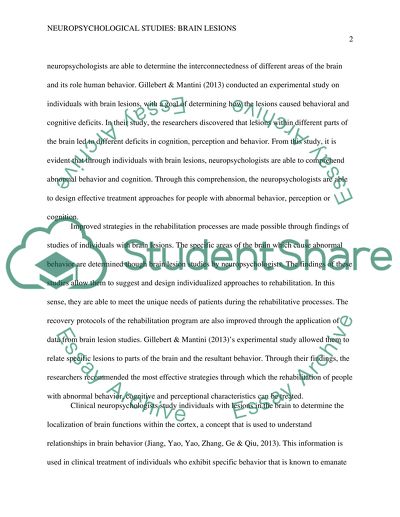Cite this document
(“Why do neuropsychologists study patients with brain lesions How much Essay”, n.d.)
Why do neuropsychologists study patients with brain lesions How much Essay. Retrieved from https://studentshare.org/psychology/1630783-why-do-neuropsychologists-study-patients-with-brain-lesions-how-much-can-be-learned-from-such-individuals-illustrate-your-answer-with-reference-to-examples-of-relevant-research
Why do neuropsychologists study patients with brain lesions How much Essay. Retrieved from https://studentshare.org/psychology/1630783-why-do-neuropsychologists-study-patients-with-brain-lesions-how-much-can-be-learned-from-such-individuals-illustrate-your-answer-with-reference-to-examples-of-relevant-research
(Why Do Neuropsychologists Study Patients With Brain Lesions How Much Essay)
Why Do Neuropsychologists Study Patients With Brain Lesions How Much Essay. https://studentshare.org/psychology/1630783-why-do-neuropsychologists-study-patients-with-brain-lesions-how-much-can-be-learned-from-such-individuals-illustrate-your-answer-with-reference-to-examples-of-relevant-research.
Why Do Neuropsychologists Study Patients With Brain Lesions How Much Essay. https://studentshare.org/psychology/1630783-why-do-neuropsychologists-study-patients-with-brain-lesions-how-much-can-be-learned-from-such-individuals-illustrate-your-answer-with-reference-to-examples-of-relevant-research.
“Why Do Neuropsychologists Study Patients With Brain Lesions How Much Essay”, n.d. https://studentshare.org/psychology/1630783-why-do-neuropsychologists-study-patients-with-brain-lesions-how-much-can-be-learned-from-such-individuals-illustrate-your-answer-with-reference-to-examples-of-relevant-research.


